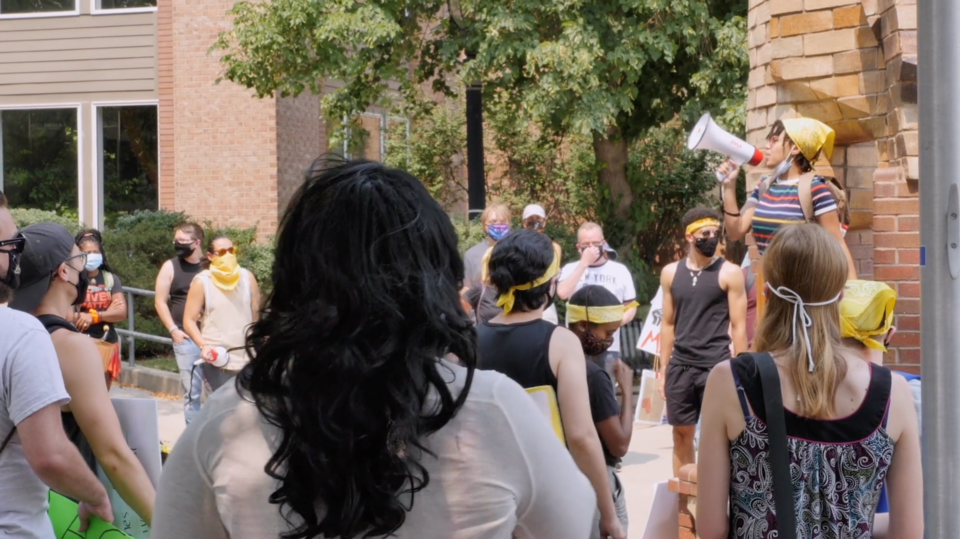The producers of “This is [Not] Who We Are” announced earlier this month that they want to offer free screenings of their film to every school in Boulder County.
“This is [Not] Who We Are” explores the gab between Boulder’s progressive self-image and the lived experiences of its Black citizens.
“We, the director/producers, are proud of the impact of the film, which is about the history of Boulder and the sometimes painful experiences of Boulder's Black community,” said Beret E. Strong and Katrina Miller, directors/producers of the film. “The film is a massive success partly because the communities of Boulder County have been willing to engage with the film and its emotionally-charged material.”
Ivan Johnson, head of the middle school at Friends School, discovered the film because he is interested in what local artists are making. When he finds something he believes his students can benefit from he brings it to the school.
“It doesn’t mean I have to agree or disagree. It is people in the community who are using their voice to talk about something,” Johnson said. “My kids will then take that information and they’ll think about it, go with it with curiosity and get an experience and a thought out of it.”
Johnson chose to show the film to seventh and eighth graders. Part of the goal for this age group is to analyze sources and engage with complicated information, he said. The school used the film to teach students about the area’s racial history while also discussing what is a reputable source.
After watching the film, students at the Friends School questioned if all police officers respond in the same way the officers in the film did. Johnson said it was an opportunity to further the conversation and invite police officers to the school for students to expand their knowledge on police interactions.
“We try to bring in as many perspectives from the community so kids understand the complexity of all of this [referring to the film],” Johnson said.
New Vista High School also showed the film to its students. The school chose to host a school-wide event and invited Zayd Atkinson to speak. Atkinson is featured in the film as he shares his experience with the Boulder Police. At the time Atkinson was a student at Naropa. He was picking up trash around his dorm room when the police approached him. Six officers surrounded him because they didn’t believe he belonged there.
New Vista teacher Beth DeHerrera and Principal John McCluskey viewed the film at separate events. They thought it was a great way to explore diversity and inclusion from a local perspective.
“Our equity program goes all year long. Our teachers want to find relevant content for the students,” DeHerrera said.
Students at New Vista participate in a year-round equity training program where they explore many topics. The teachers used the film to open discussions among students for two or three class periods before moving onto another topic, DeHerrera said.
“It gave minority students an opportunity to speak up and talk about some of their personal experiences,” DeHerrera said.
McCluskey said the location of the film inspired some students to get more involved in their communities and to look at how equality is or is not happening in their own communities.
Both schools said they would show the film again to future students, however, each would take clips from the film for their discussions. McCluskey said it is important to first teach the basics in diversity education before introducing such an emotional film.
“In schools right now, we have lost way and ability to articulate this idea of thinking about harder issues. They are so scared right now to talk about larger issues … I think in essence … all we are trying to do is learn and enter spaces with curiosity,” Johnson said. “If we are doing that in schools then we can have controversial things in there because we aren’t saying you all need to believe this … we’re saying here is information I have been given; let’s think about this.”



